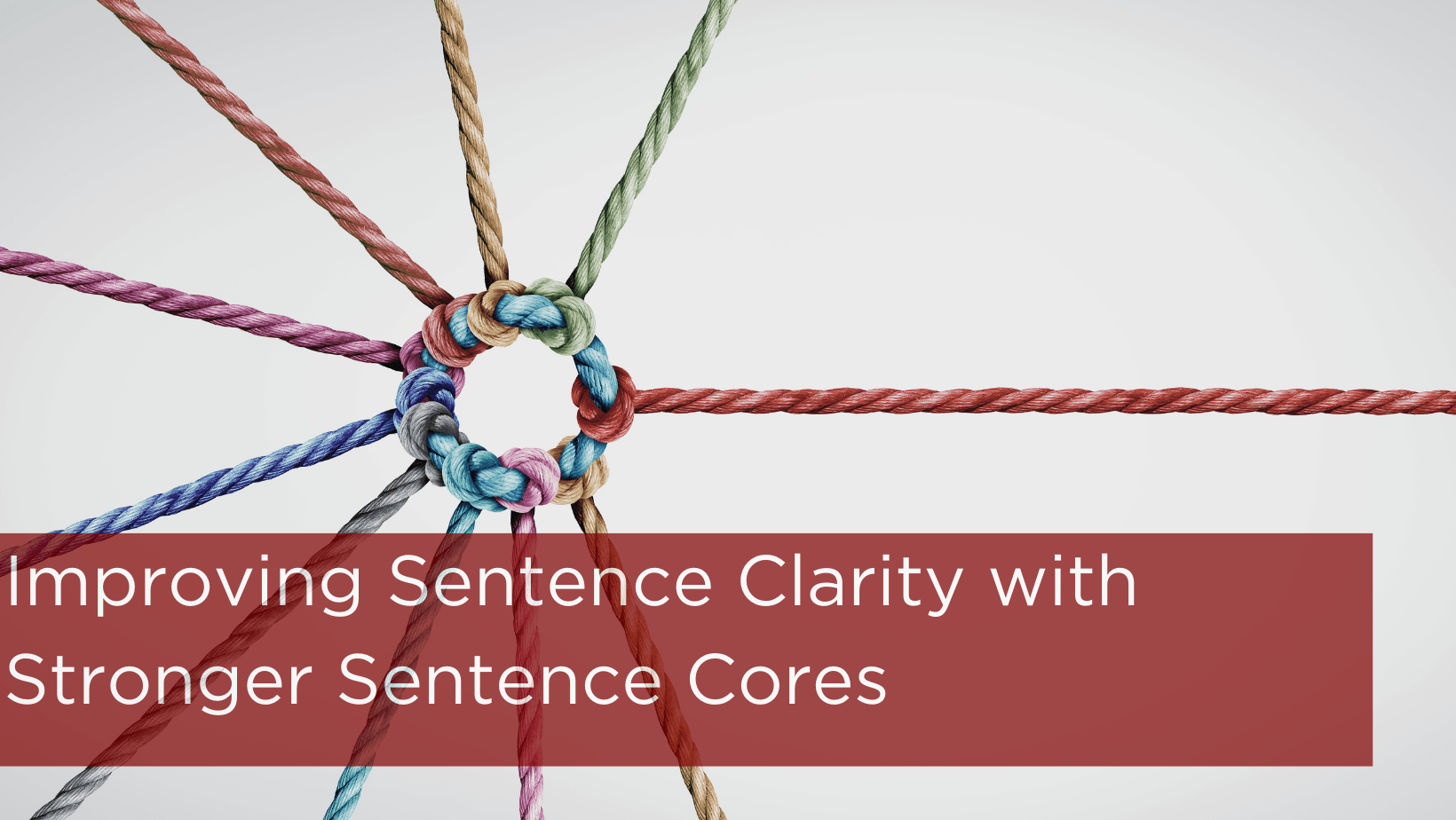Once you’ve mastered the art of writing deductively and limiting yourself to making one point per paragraph, you have accomplished a great deal. If, however, the sentences you write do not flow together, your reader still may find your writing hard to follow. When I talk about sentences flowing together, what I’m referring to is coherence, which is not the same thing as cohesion. I distinguish the two in this way: In a cohesive piece of writing, the sentences fit together one by one in the way that pieces of a jigsaw puzzle do. In a coherent text, all the sentences add up to a whole in the way that all the pieces in a puzzle make the picture shown on the box.
The most powerful strategy we can use to improve the coherence of your paragraphs is known as the “old-to-new” sequence.
Link Sentences with the Old-to-New Sequence
Except for your paragraphs’ topic sentences, try to begin each sentence with “old information” (i.e., information the reader likely already knows). Such old information may be considered old because readers have just read it in a preceding sentence or paragraph, or it may be familiar to them because it’s general knowledge. Then, as for your “new information” (i.e., information the reader likely doesn’t already know), you can put it at the end of the sentence.
The reason behind this writing strategy is an understanding of how people learn something new: connecting new information to something you already know makes it easier to process and recall later. Plus, most readers prefer to read what’s familiar before what’s novel and harder to grasp quickly. When you use the old-to-new sequence consistently, your paragraphs will be coherent.
Let’s look at an example of what the old-to-new sequence could look like (underlined text is new; bolded text is old):
Old-to-New Sequencing
A high-stakes tax debate will begin this year, accelerate through the presidential campaign, and likely culminate with legislative action in 2025. This debate provides an opportunity to correct our course—moving away from the flawed trickle-down path of the 2017 tax law and toward a tax code that raises more needed revenues, is more progressive and equitable, and supports investments that make the economy work for everyone. This course correction should specifically include letting regressive provisions of the 2017 tax law expire on schedule, scaling back the egregiously large and permanent tax cuts provided to corporations and their shareholders in the 2017 tax law, and ensuring that the wealthiest households pay some income tax each year. Policymakers could use the progressive revenues generated from reforms that insist that high-income households and profitable corporations pay a more reasonable amount of tax to pay for key priorities, such as expanding the Child Tax Credit.
In the first sentence we learn something new: There’s a tax debate on the horizon, and it’s going to be high stakes. To begin the next sentence, the author included a bit of “old information” with “This debate…” and then added “new information” about the debate providing an opportunity to change the way we think about taxes moving forward. At the beginning of the following two sentences, the author replicates this strategy—adding a little old information at the beginning of the sentence and ending each sentence with something new and interesting. This sequence helps to keep the reader’s attention and makes it easier to follow the argument being made.
The old information shouldn’t take up too much space at the beginning of each the sentence. Some writers repeat far too much, perhaps because they feel more information will lead to better understanding. It doesn’t. The bulk of each subsequent sentence should be devoted to new information.
You’ve got to be cautious when it comes to transitional words and phrases. Some writers try to fake coherence by lacing their prose with conjunctions such as thus, therefore, and however, regardless of whether they signal logical connections. Experienced writers, on the other hand, use transitional words and phrases to signpost the logical flow of ideas. They are especially careful not to overuse words and phrases such as in addition, and, also, moreover, another—words that say, simply, Here’s one more thing.

